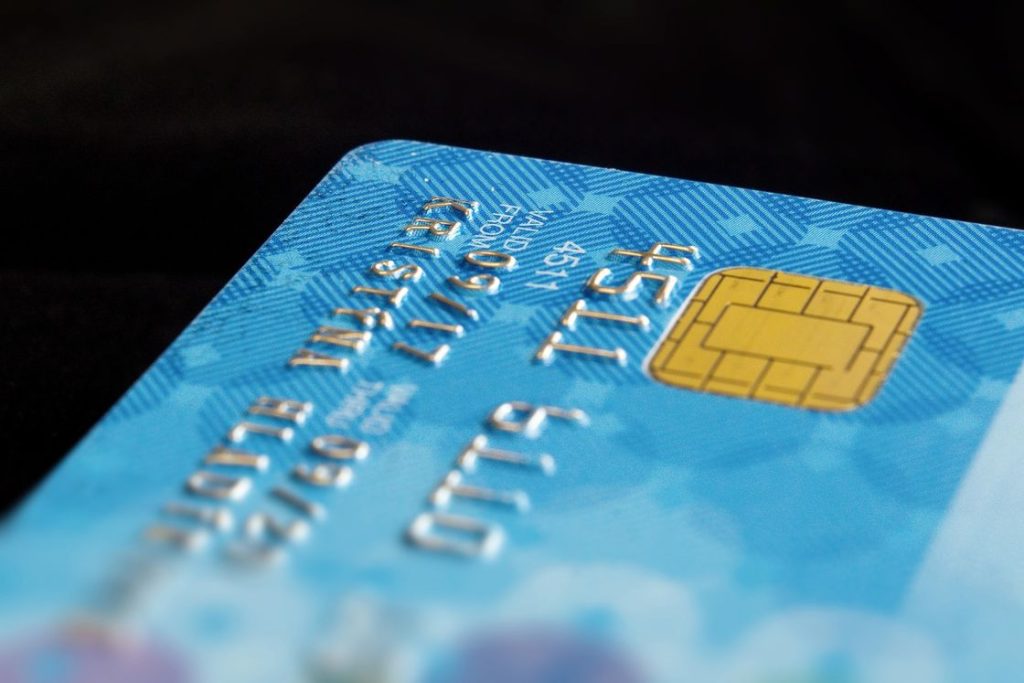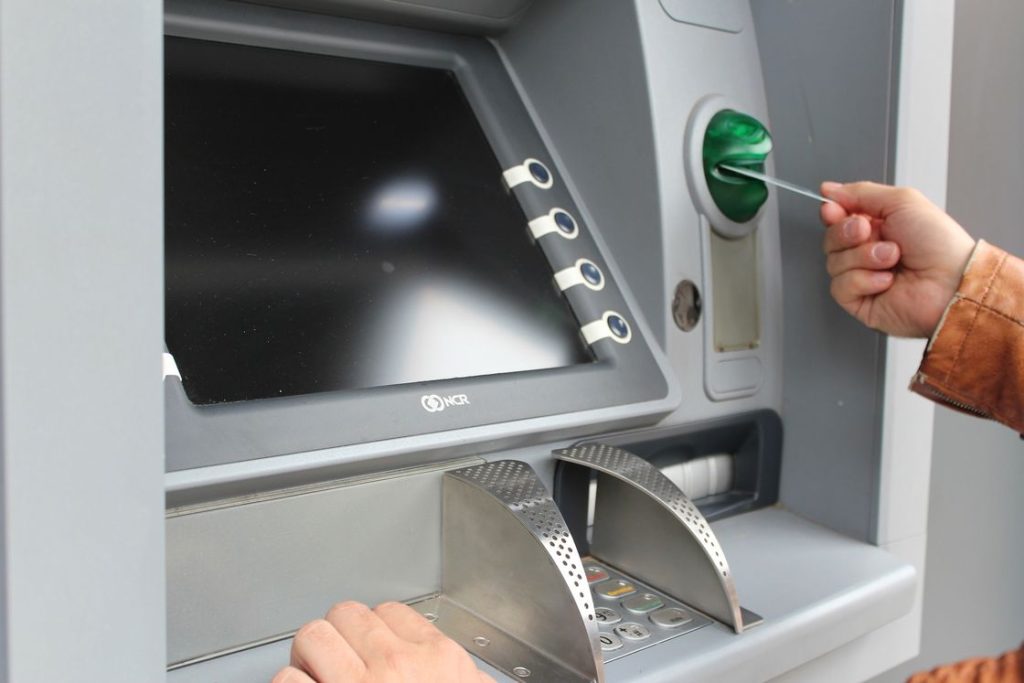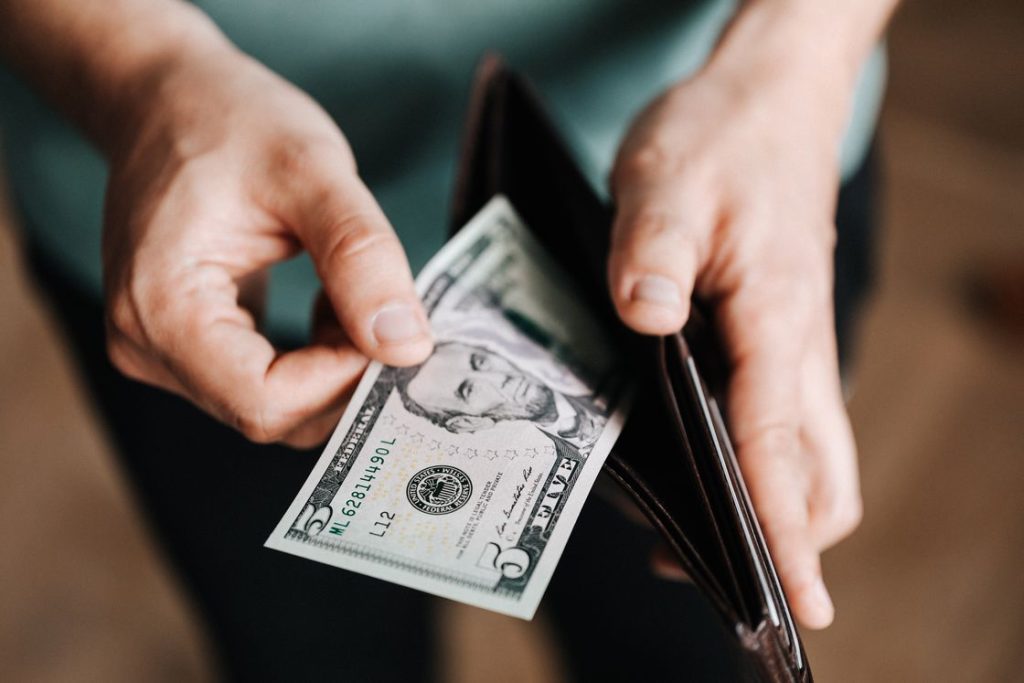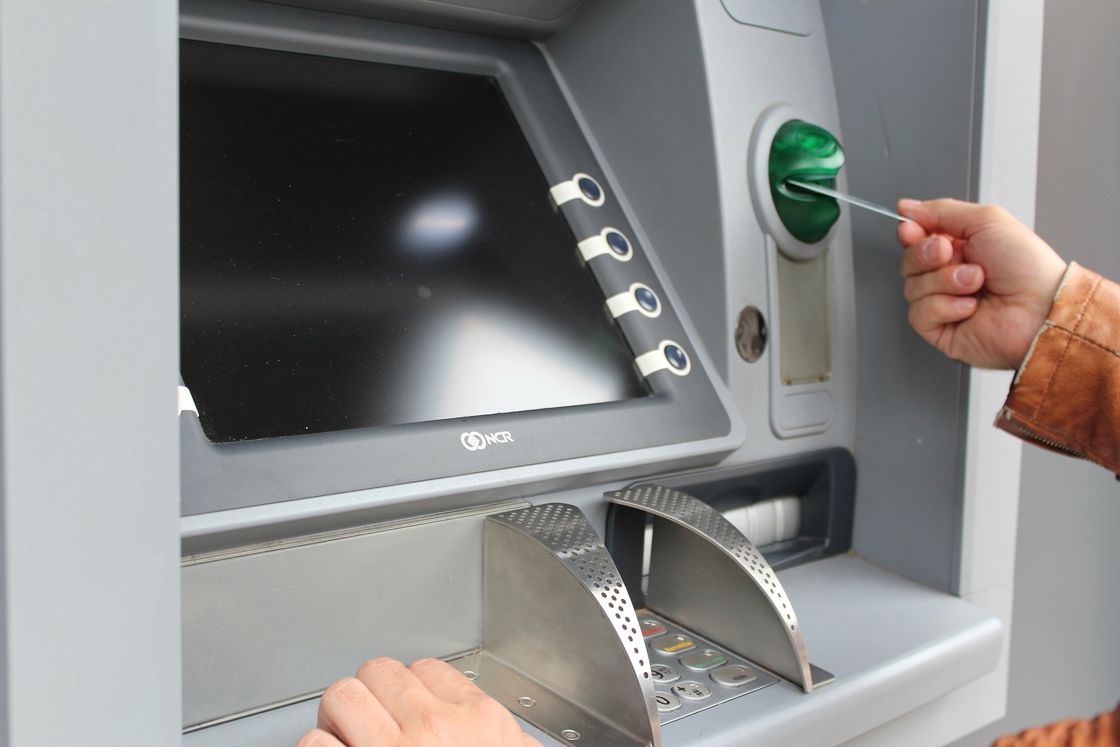Ever wondered, “Can Chase Credit Cards Be Used at an ATM?” Understanding your card’s capabilities is essential for efficient financial management. Drawing from my expertise in Chase cards, I’ve delved into this topic. In this guide, I’ll clarify how Chase credit cards function at ATMs, providing you with the insights you need.
Can Chase Credit Cards Be Used at an ATM?
Yes, Chase credit cardholders can use their cards at ATMs to access cash advances. However, this feature comes with associated fees and higher interest rates and can impact one’s credit score.
Given that 84% of U.S. adults had a credit card in 2021 and 73% obtained one by age 25, it’s evident that credit cards play a significant role in many people’s financial lives. It’s essential to use this service judiciously and be well-informed about the costs and potential credit implications.

What Is a Cash Advance on a Credit Card?
A cash advance allows you to use your credit card to withdraw cash from an ATM, unlike a personal loan, this can act as a short-term loan against your credit line. This action incurs specific fees and higher interest rates.
With the growth of credit card usage expected to reach 68.16% by 2028, it’s vital to grasp these details. To initiate a cash advance, you’ll need your credit card and its PIN.
This convenience has limitations: daily withdrawal caps, fees from the card issuer and ATM, and immediate interest accrual without grace periods. Additionally, there’s a withdrawal limit, often a fraction of your credit limit. Knowing these can help users make informed decisions.
How to Use a Chase Credit Card at the ATM
Using a Chase credit card at the ATM involves inserting the card, entering your PIN, selecting the cash withdrawal or cash advance option, and following the prompts to receive your money.
Here’s a step-by-step guide:

- Locate a Compatible ATM: Begin by finding an ATM, ideally one affiliated with Chase or your specific credit card issuer. Using an associated ATM can help you avoid additional fees.
- Insert Your Credit Card: Slide your Chase credit card into the ATM slot, ensuring the chip or magnetic strip is positioned as indicated.
- Enter Your PIN: Input your Personal Identification Number (PIN). If you’re unaware of your PIN—since credit card purchases typically don’t require one—contact Chase using the number on the back of your card. They can assist you in creating or resetting your PIN.
- Select the Appropriate Option: On the ATM screen, choose either “cash withdrawal” or “cash advance.” Both options will allow you to access cash from your credit line.
- Determine the Withdrawal Amount: Key in the amount of cash you wish to withdraw. Ensure that this amount doesn’t surpass your card’s cash advance limit. If uncertain about your limit, it’s advisable to check with Chase beforehand.
- Acknowledge Fees and Collect Cash: Confirm that you understand and accept any fees linked to the cash advance. Once acknowledged, the ATM will process your request and dispense the desired cash amount.
What Are the Costs Associated With a Chase Credit Card ATM Withdrawal?
Withdrawing cash using a Chase credit card at an ATM, commonly known as a cash advance, is a convenient feature. However, it’s essential to understand the associated costs, as this method of accessing cash can be more expensive than regular credit card transactions.
Fees
- Cash Advance Fees: Chase typically charges a fee for cash advances, which can be significant. A common fee is 5% of the amount of each cash advance. This means that if you withdraw $100, you could be charged an additional $5 just for accessing this service.
- ATM Fees: On top of the cash advance fee, if you use an ATM for the cash advance, you might also incur ATM fees. These fees can vary, typically amounting to several dollars per transaction. It’s worth noting that these fees are in addition to the cash advance fee and can accumulate quickly, especially if you make multiple ATM withdrawals.
Cash Advance APR
The Annual Percentage Rate (APR) for cash advances is typically higher than the APR for regular credit card purchases. This higher interest rate can make cash advances more costly over time, especially if not paid off promptly.

Furthermore, while regular credit card purchases often come with a grace period (a window of time where no interest is charged), cash advances start accruing interest immediately. This means from the moment you withdraw the cash, you’re being charged interest on that amount until it’s fully repaid.
Related Questions
What Is the Maximum Amount You Can Withdraw From a Chase Credit Card?
The maximum amount you can withdraw as a cash advance from a Chase credit card is determined by a percentage of your credit limit. For instance, if your credit limit is $10,000 and the card sets a cash advance limit of 30%, you can withdraw up to $3,000.
Can I Withdraw From Chase at Any ATM?
With a basic Chase debit card, you can withdraw up to $3,000 per day at in-branch Chase ATMs, $1,000 at other Chase ATMs, and $500 at non-Chase ATMs.
Do I Need My Chase Card to Use an ATM?
No, you don’t always need your card. At eligible Chase ATMs, you can open your mobile wallet, select your Chase debit card, and tap your phone on the Contactless symbol to withdraw.
What is the Foreign ATM Fee for Chase?
Chase charges a $5 fee for withdrawals and $3 for transfers or inquiries at ATMs outside the U.S., Puerto Rico, and the U.S. Virgin Islands.
Conclusion
Using a Chase credit card at an ATM provides cash advances, yet it comes with high fees and immediate interest rates. These advances affect your FICO® score through credit utilization and have a withdrawal limit based on your credit limit. Given the costs and credit score impact, it’s vital to use cash advances judiciously.
